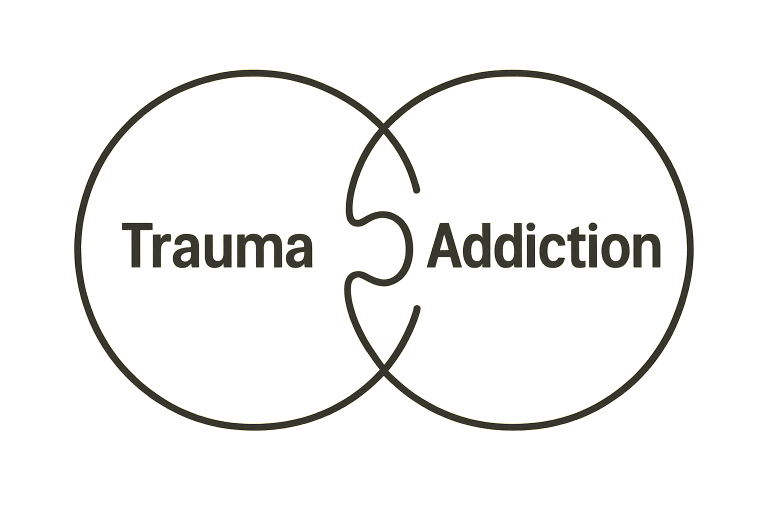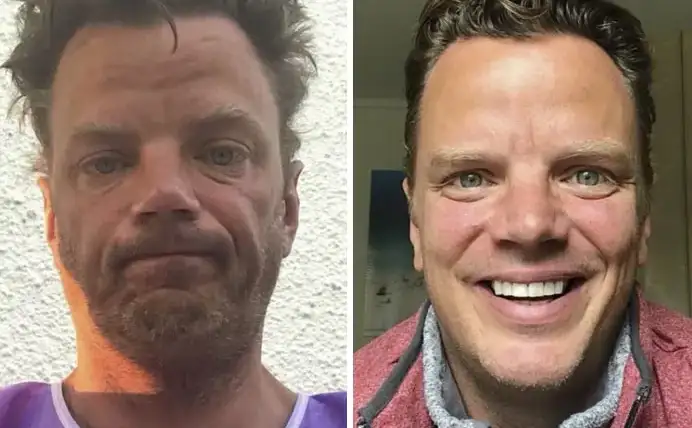The link between addiction and trauma is vital for recovery since they frequently intersect and perpetuate a cycle. Treating both at the same time is key to thorough healing. Trauma and addiction impact an individual’s sense of safety, trust, and emotional control. Integrating trauma and addiction treatment encourages growth, resilience, and improved results. With appropriate therapeutic and holistic strategies, healing from addiction and trauma can be life-changing, helping to develop new coping skills and strengthen healthy relationships.
Table of Contents
The Interwoven Nature of Trauma and Addiction
Trauma and addiction are deeply interconnected, often reinforcing each other in complex ways. Unresolved trauma can lead individuals to seek relief through substance use, while addiction can further intensify emotional pain and feelings of isolation. Healing both requires addressing the root causes of distress—not just the symptoms. Comprehensive recovery involves therapy, emotional support, and healthy coping strategies that foster long-term stability. Programs like those offered by https://villakalima.com emphasize integrated treatment approaches, helping individuals process trauma while overcoming addiction. This holistic approach promotes genuine healing, enabling individuals to rebuild their lives with resilience and self-compassion.

Neurobiological Connections
Trauma doesn’t just affect mood or outlook; it can fundamentally alter the brain’s structure and functioning. Key areas impacted include the amygdala, responsible for fear and anxiety, and the prefrontal cortex, which governs decision-making and impulse control. Trauma can make the amygdala hyperactive, resulting in persistent anxiety and hypervigilance, while reducing the prefrontal cortex’s ability to modulate behavior or manage triggers. Consequently, individuals are more likely to turn to substances for relief, as their brains have diminished capacity for self-regulation. These neurological changes underscore the importance of trauma-sensitive recovery programs geared toward brain healing as well as emotional recovery.
The Role of Trauma-Informed Care
Trauma-informed care has become the gold standard in addiction treatment, particularly for individuals with dual trauma and substance use issues. It acknowledges how past trauma affects current behavior and emotions and incorporates this understanding into the recovery process. By promoting safety, transparency, and trust, it minimizes the risk of re-traumatization and fosters openness and trust. Essential components include empowerment, peer support, collaboration, and cultural sensitivity, which help individuals feel validated as they address trauma and addiction.
Effective Therapeutic Interventions
Eye Movement Desensitization and Reprocessing (EMDR)
EMDR is a widely used trauma therapy that helps individuals process distressing memories. Through guided eye movements, clients reduce the emotional intensity of traumatic events, often leading to rapid symptom relief and greater emotional stability.
Cognitive Behavioral Therapy (CBT)
CBT remains a cornerstone of addiction and trauma treatment by equipping individuals to recognize and transform negative patterns in thinking and behavior. CBT fosters resilience by helping clients develop healthier coping skills and responses to triggers.
Somatic Experiencing
This body-focused treatment works to release trauma that is stored physically, reducing symptoms such as chronic tension and hyperarousal. Somatic modalities foster a renewed sense of presence and calm, supporting the healing process both mentally and physically.
By integrating these evidence-based therapies, recovery programs can address the complex interplay of trauma and addiction in a holistic and individualized way.
Holistic Approaches to Healing
Beyond talk therapy, holistic treatments such as mindfulness meditation, yoga, and art therapy are increasingly proving essential to recovery and trauma healing. Mindfulness supports emotional regulation by grounding individuals in the present moment, reducing reactivity to memories and cravings. Yoga and other somatic practices help restore the connection between the mind and body, providing a safe way to process difficult emotions. Creative therapies enable the expression of thoughts and emotions that may be difficult to articulate verbally, fostering more profound healing and self-awareness.
The Importance of Support Systems
Recovery is rarely a solitary journey. Having a strong network of support—through family involvement, community groups, or peer recovery programs—provides essential encouragement and accountability. Support groups foster acceptance and connection, reminding individuals that healing is possible and that they are not alone in their journey. Open family dialogue and relationship repair are often crucial steps in restoring trust and providing emotional stability during the ups and downs of recovery.
Addressing Co-Occurring Disorders
Many individuals facing trauma and addiction may also struggle with co-occurring disorders, such as depression, anxiety, or PTSD. Integrated treatment plans that address both substance use and mental health conditions are vital to breaking the cycle of self-medication and relapse. This comprehensive approach acknowledges that mind, body, and spirit are interconnected and must all be involved in the recovery process to achieve lasting wellness.
Conclusion
Proper recovery from addiction and trauma requires strategies that treat both conditions in tandem. Trauma-informed care, holistic practices, and robust support systems create the foundation for sustained healing. Recognizing the inseparable connection between trauma and addiction, and seeking integrated, compassionate help, enables individuals to break free from the cycle and move forward with hope and resilience.

